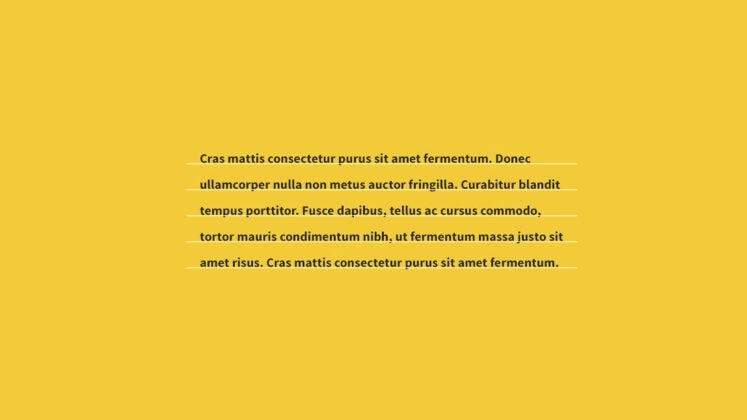Visit The Site For More...
Online Writing Jobs: 30 Legit Websites Offering Part Time Writing Jobs
Spectacular Examples of Typography Art
Why does writing matter in remote work?
Talk to anyone who has an active blog and I bet they’ll tell you it’s been valuable to them. Maybe it’s opened doors. Maybe it’s got them a job. Maybe it’s got them a conference invite. Maybe they just like the thrill of knowing people have read and responded to it. Maybe they learned a lot through its creation and maintenance.
Khoi Vinh said:
It’s hard to overstate how important my blog has been, but if I were to try to distill it down into one word, it would be: “amplifier.”
But what about other kinds of writing? Just day to day writing? Is that important for web workers? “Especially now”?
In remote work, we communicate primarily through writing. We send messages in Slack. We document projects in Notion. We send meeting invites with a written description of the purpose. We’re writing all the time.
It’s just so damn important for team work of any kind, particularly when you aren’t next to each other physically.
While writing forces people to think clearly, writing also forces teams to think clearly. In my experience, having a clearly written thing makes it easy for folks to collaborate with me. This is because people naturally enjoy poking holes in arguments, adding points that were missed, or mentioning any risks that weren’t taken into account. I’ve found it helpful to use this human tendency to my advantage. Extra opinions and poked holes are hard to surface if you didn’t write something in the first place.
Direct Link to Article — Permalink
The post Why does writing matter in remote work? appeared first on CSS-Tricks.
How to Easily Create a Responsive Vertical Rhythm with CSS

Free Technical Writing Tutorial
When asked, "What language should I learn first?", my answer is always "English". If you can't communicate clearly then you can't do your job as a programmer properly. As a programmer your job does not begin and end with code. You must also be able to write documentation clearly. I recently came across two excellent technical writing modules by Google that are free for everyone. They do not take long to complete and (aside from the confusion between acronyms and initialisms) are spot on. You can find the overview here with links to the two main modules.
A lot of you are shut in for the duration of the Covid-19 outbreak anyway so you have no reason not to at least have a look.
Google’s Technical Writing Guide
I’ve written up my advice (sprinkled with great advice from others), but this is way more straightforward nuts-and-bolts training on technical writing. It’s structured like an actual course, with exercises along the way.
I’m far from an expert here. But between Geoff and I, we end up doing a lot of technical article editing for the sake of clarity.
Comedy writers seek the funniest results, horror writers strive for the scariest, and technical writers aim for the clearest. In technical writing, clarity takes precedence over all other rules.
It can be tricky to get right. Read the section on Active voice. That’s easy for anyone to get wrong.

Essentially every single rule is just an extension of “make it more clear.”
Direct Link to Article — Permalink
The post Google’s Technical Writing Guide appeared first on CSS-Tricks.
How to Find Freelance Writing Jobs: 25 Methods You Can Use Immediately
6 Simple Typography Tips to More Professional Looking Websites

Is it better to use ems/rems than px for font-size?
The answer used to be absolutely yes because, if you used px units, you prevented the text from being resized by the user at all.
But browser zoom is the default method for making everything bigger (including text) these days and it works great even if you use px.
But... Kathleen McMahon really digs into this and finds that it's still worth setting all your type (both font-size and line-height) in relative units because:
- setting type in
pxprevents browser settings from making font size adjustments (which some people definitely use) and - setting type in relative units maintains greater design fidelity as users use browser zoom (which a lot of people definitely use).
Direct Link to Article — Permalink
The post Is it better to use ems/rems than px for font-size? appeared first on CSS-Tricks.
75+ High Quality Free Fonts: Handwriting, Script & Brush Fonts
Fonts took on a revival in handmade styles this year, from calligraphic, script and handwritten to brush painted and block-printed. Combined with the great visual appeal of hero images and typographic layouts in web design, handwriting fonts are a trend that you can expect to see more of. In this article you’ll find a fresh […]
The post 75+ High Quality Free Fonts: Handwriting, Script & Brush Fonts appeared first on Web Designer Wall.




